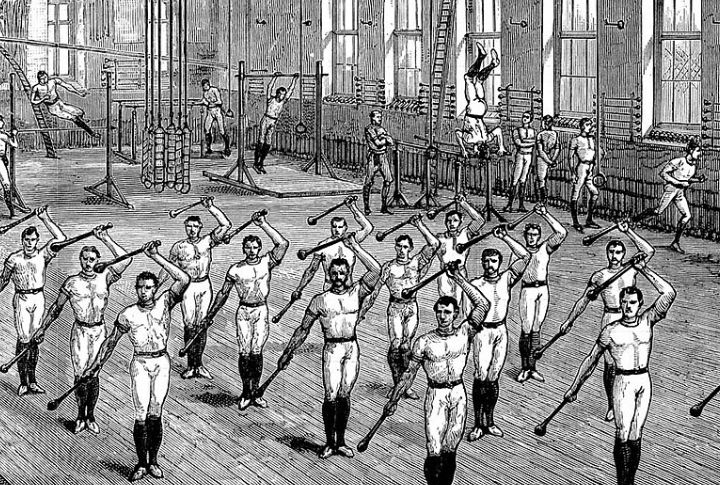
Fitness today feels polished, structured, and tech-heavy, but it wasn’t always that way. A 100-years back, people moved their bodies in ways that might seem unusual now. Everything from the spaces they trained in to the advice they followed has drastically changed. Want to take a peek at how exercise has evolved since the early 1900s? Let’s break it down.
Gender Inclusivity
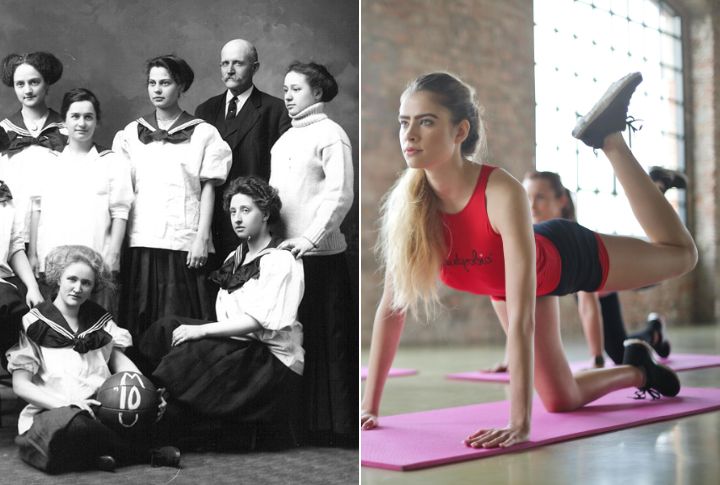
Most women in the early 1900s were lied to about being active. They were told exercise might “dislodge their uterus!” They even had to play basketball with modified rules because regular sports were supposedly too dangerous. Thankfully, current fitness practices finally use science-based methods where everyone trains based on their actual body and needs.
Being Active In Daily Life
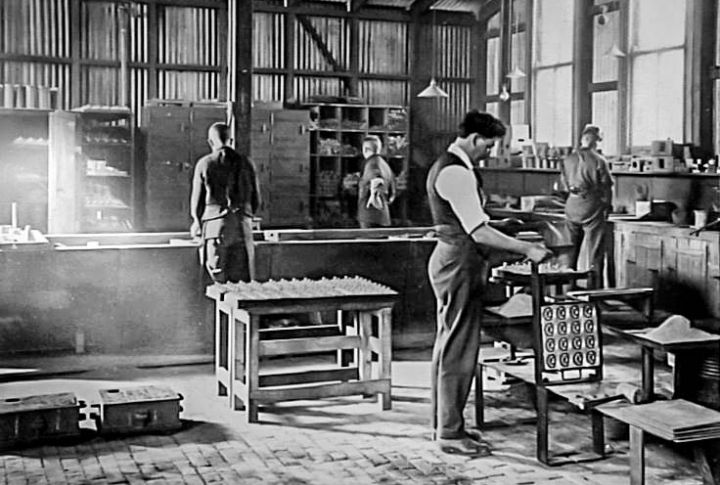
In the 1920s, people stayed active naturally because most jobs demanded physical labor. Movement was part of daily life, and extended workdays kept bodies strong without extra effort. Today, time spent at desks leaves many inactive, making workouts, standing desks, and wellness programs essential to replace lost daily movement.
Outdoor Vs Indoor Workouts
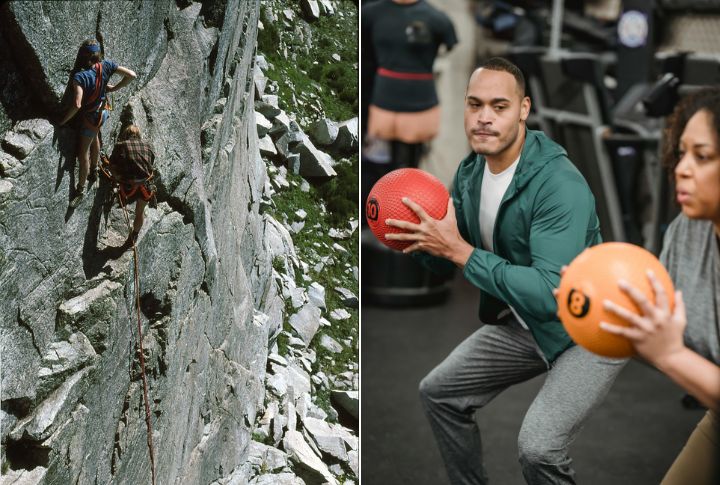
Here’s what happened to outdoor fitness. Early 1900s folks naturally used the world around them for exercise, like climbing real rocks and walking meaningful distances. We later convinced ourselves that paying for indoor spaces with artificial challenges was somehow better than the free outdoor version.
The Onset Of Fitness Plans
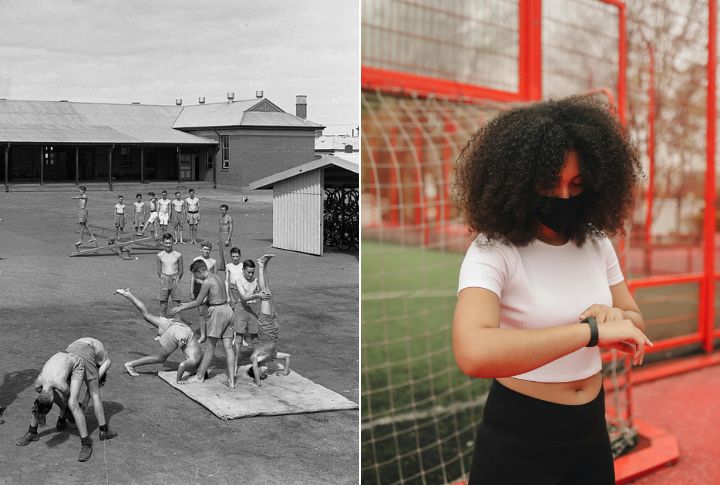
Training once meant the whole class doing identical military-style exercises at the same time. Now fitness apps design workouts specifically for your goals and fitness level, while your watch counts everything you do. Same goal, completely different approach.
The Change In Fitness Clubs
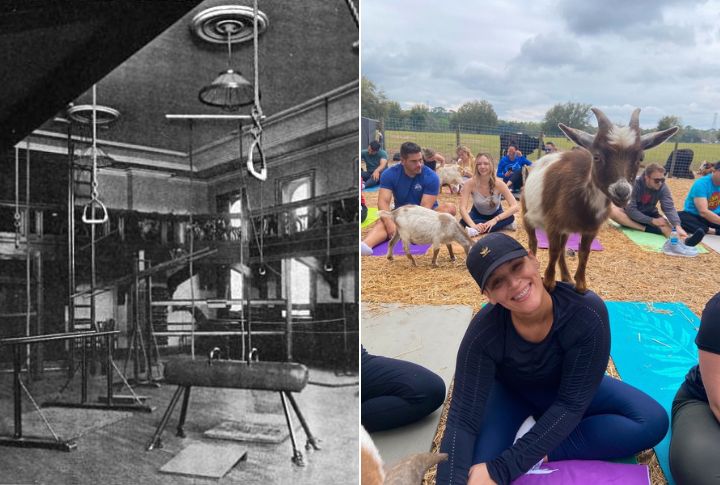
Back then, the fitness scene was charmingly simple: local amateur clubs and YWCA basketball courts where everyone knew each other. These days? Choose between massive franchise chains or boutique studios offering everything from DJ spin classes to goat yoga. We’ve definitely complicated things.
Functional Lifting Vs Modern Strength Training
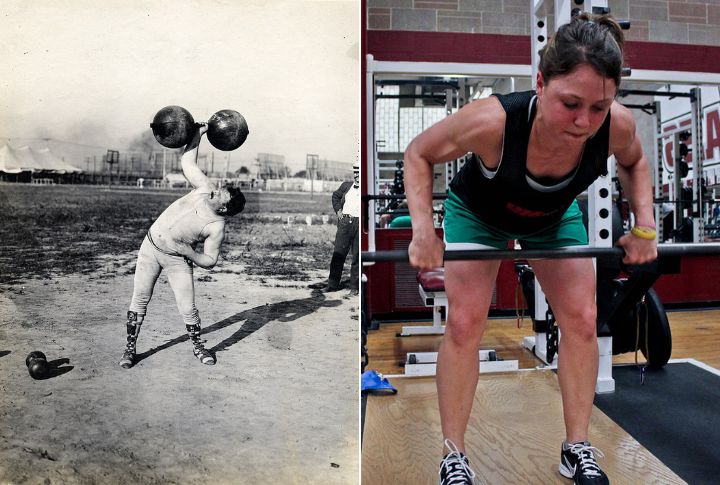
People once lifted anvils, stones, or wooden clubs for muscle gain, not fancy equipment. Modern lifters use standardized barbells and follow carefully planned routines with specific sets, reps, and rest periods. Both ways make you strong—one was more creative and spontaneous, the other is more scientific and focused.
Physician Advice Vs Influencer-Led Fitness

Fitness advice used to come from doctors and official health campaigns telling people how to exercise properly. Now it comes from Instagram influencers and smartphone apps that can launch workout trends worldwide in a matter of hours. The authority completely shifted from medical professionals to social media personalities.
Diet And Nutrition
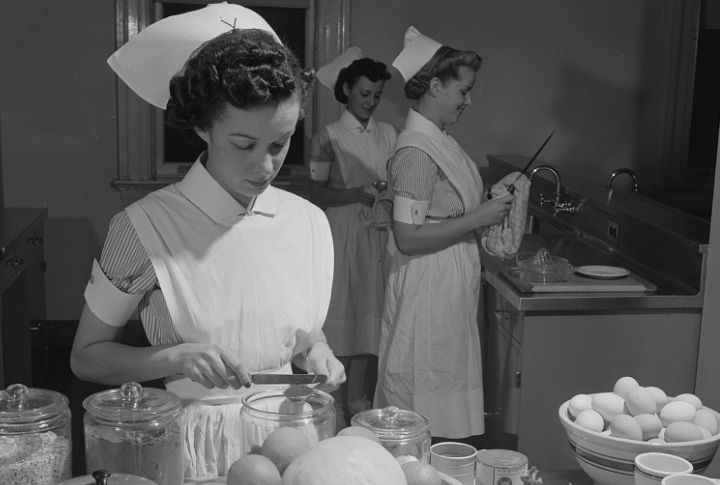
A long time ago, nutrition was simple. There were some local guidelines and basic doctor advice. Then science discovered the deep work of proteins, vitamins, and sleep cycles. So today, trainers count and optimize everything based on the specific nutrient needs of individuals. The end result? Peak performance with the use of personal data.
Monitoring Results
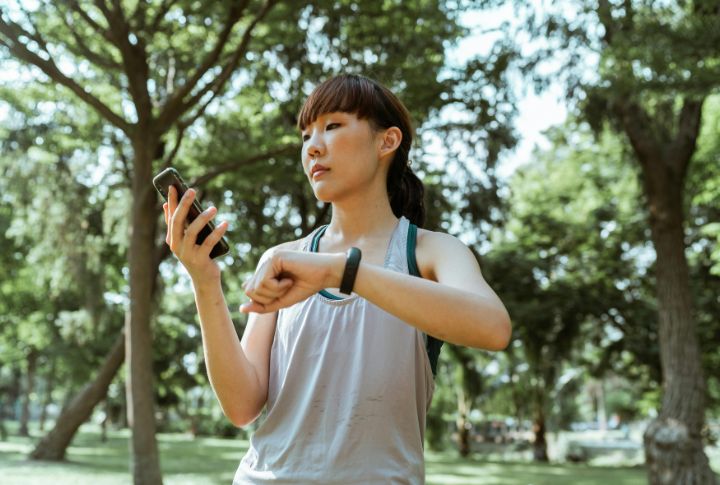
Imagine working out with absolutely no feedback about how your body was responding on a regular basis. That was the old-school fitness—pure guesswork. Compare that to wearing a device that monitors your heart rate, tracks calories burned, and even measures sleep quality. The difference is staggering.
Scope Of Commercialization
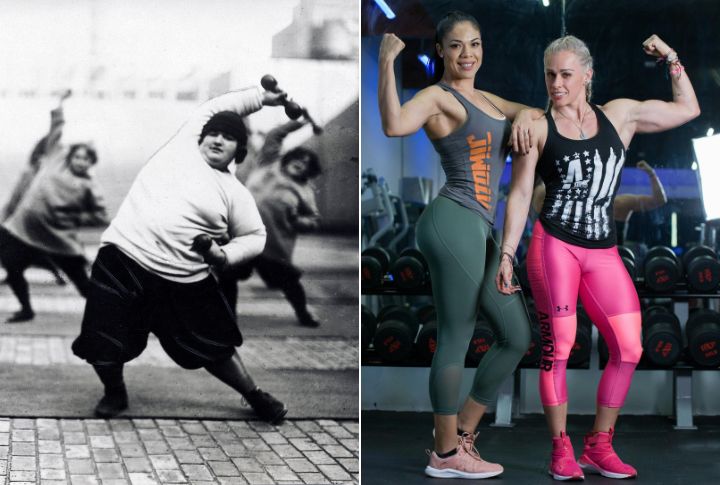
There were the days when fitness fashion didn’t exist. People exercised in regular street clothes and comfortable attire. The industry has completely transformed this into a billion-dollar market of high-tech athletic wear that doubles as everyday fashion through the athleisure trend.

